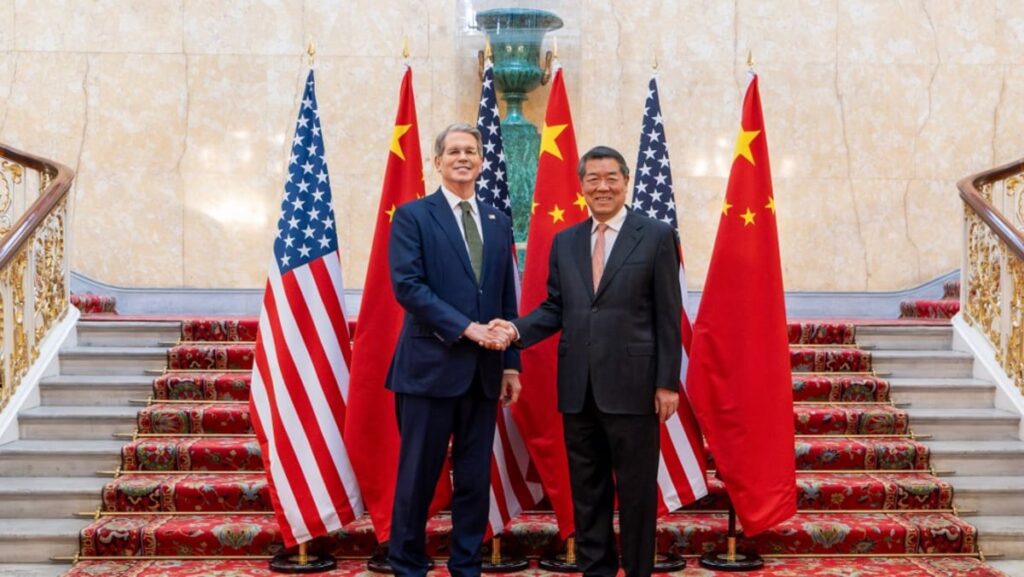LONDON: United States and Chinese officials said on Tuesday (Jun 10) they had agreed on a framework to put their trade truce back on track and remove China’s export restrictions on rare earths while offering little sign of a durable resolution to longstanding trade differences.
At the end of two days of intense negotiations in London, US Commerce Secretary Howard Lutnick told reporters the framework deal puts “meat on the bones” of an agreement reached last month in Geneva to ease bilateral retaliatory tariffs that had reached crushing triple-digit levels.
But the Geneva deal had faltered over China’s continued curbs on critical minerals exports, prompting the Trump administration to respond with export controls of its own preventing shipments of semiconductor design software, chemicals and other technology goods to China.
Lutnick said the agreement reached in London would remove some of the recent US export restrictions, but did not provide details after the talks concluded around midnight London time (7am, Singapore time).
“We have reached a framework to implement the Geneva consensus and the call between the two presidents,” Lutnick said. “The idea is we’re going to go back and speak to President Trump and make sure he approves it. They’re going to go back and speak to President Xi and make sure he approves it, and if that is approved, we will then implement the framework.”
In a separate briefing, China’s Vice Commerce Minister Li Chenggang also said a trade framework had been reached that would be taken back to US and Chinese leaders.
“The two sides have, in principle, reached a framework for implementing the consensus reached by the two heads of state during the phone call on June 5th and the consensus reached at the Geneva meeting,” Li told reporters.
The dispute may keep the Geneva agreement from unravelling over duelling export controls, but does little to resolve deep differences over Trump’s unilateral tariffs and longstanding US complaints about China’s state-led, export-driven economic model.
The two sides left Geneva with fundamentally different views of the terms of that agreement and needed to be more specific on required actions, said Josh Lipsky, senior director of the Atlantic Council’s GeoEconomics Center in Washington.
“They are back to square one but that’s much better than square zero,” Lipsky added.

